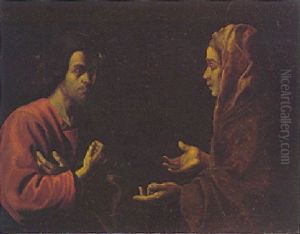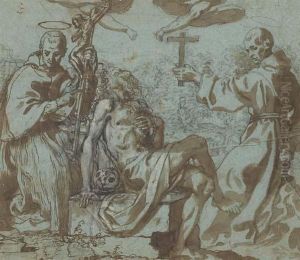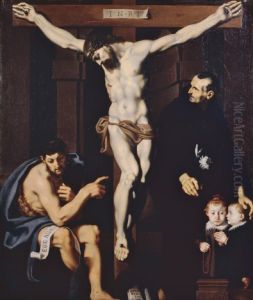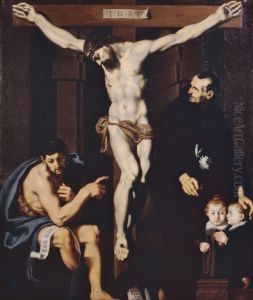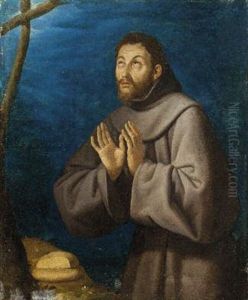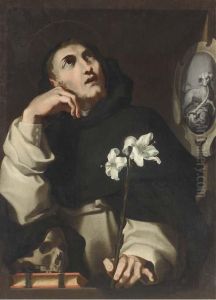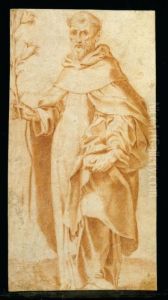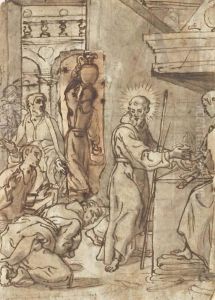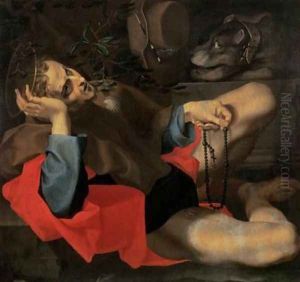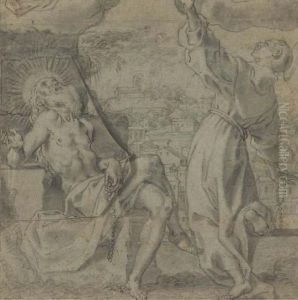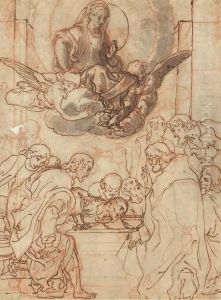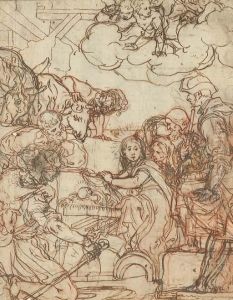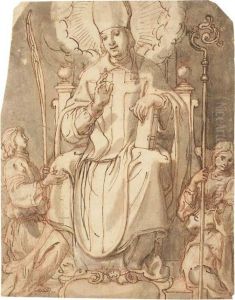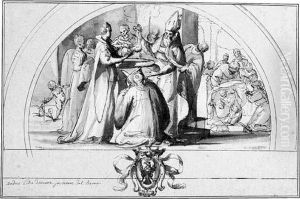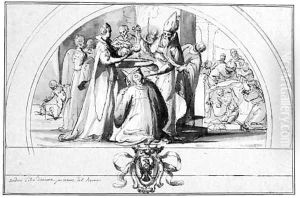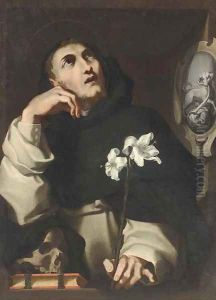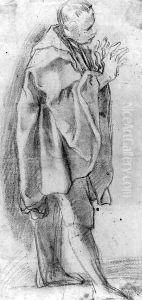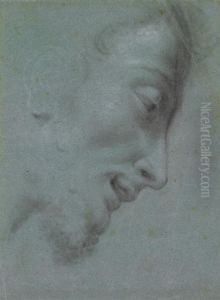Andrea Lilio Paintings
Andrea Lilio, born in Ancona, Italy, in 1555, was a prominent figure in the late Renaissance period, known for his contributions to the Baroque movement. He was a prolific painter whose works were primarily religious in nature, reflecting the intense spirituality and dynamic energy characteristic of Baroque art. Lilio's life was marked by his dedication to art and his desire to express the religious fervor of his time through his paintings.
Lilio trained under Federico Barocci in Urbino, an experience that significantly influenced his style and approach to painting. Barocci's influence can be seen in Lilio's use of color and light, as well as in the emotional intensity of his figures. Throughout his career, Lilio developed a distinctive style that combined the grace and harmony of the Renaissance with the dramatic expressions and vibrant compositions of the Baroque.
In 1600, Lilio was called to Rome by Pope Clement VIII, where he was commissioned to work on several important projects. Among his most notable works from this period are the frescoes in the apse of the Basilica di Santa Maria Maggiore and his contributions to the decoration of the Vatican. These works showcase Lilio's mastery of large-scale compositions and his ability to convey complex biblical narratives through art.
Lilio's work was not confined to Rome. He also completed significant commissions in various cities across Italy, including Ancona, Loreto, and Perugia. His paintings are characterized by their dramatic use of light and shadow, a technique that would come to be known as tenebrism and would influence future generations of artists, including Caravaggio.
Despite his success, little is documented about Lilio's personal life, and his legacy has been somewhat overshadowed by other Baroque masters. However, his contributions to Italian art remain significant, and his works continue to be admired for their emotional depth and technical mastery.
Andrea Lilio died in 1627, leaving behind a body of work that continues to be studied and appreciated for its beauty and historical importance. His paintings are a testament to the transition from the Renaissance to the Baroque period, capturing the shifting tastes and spiritual concerns of his era.
